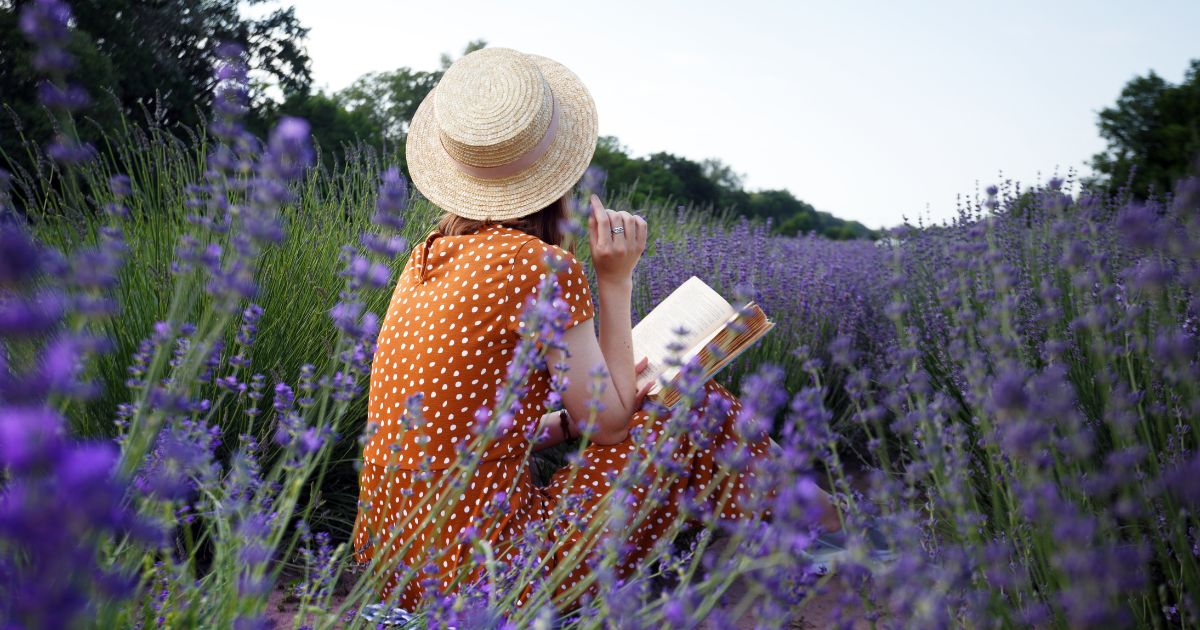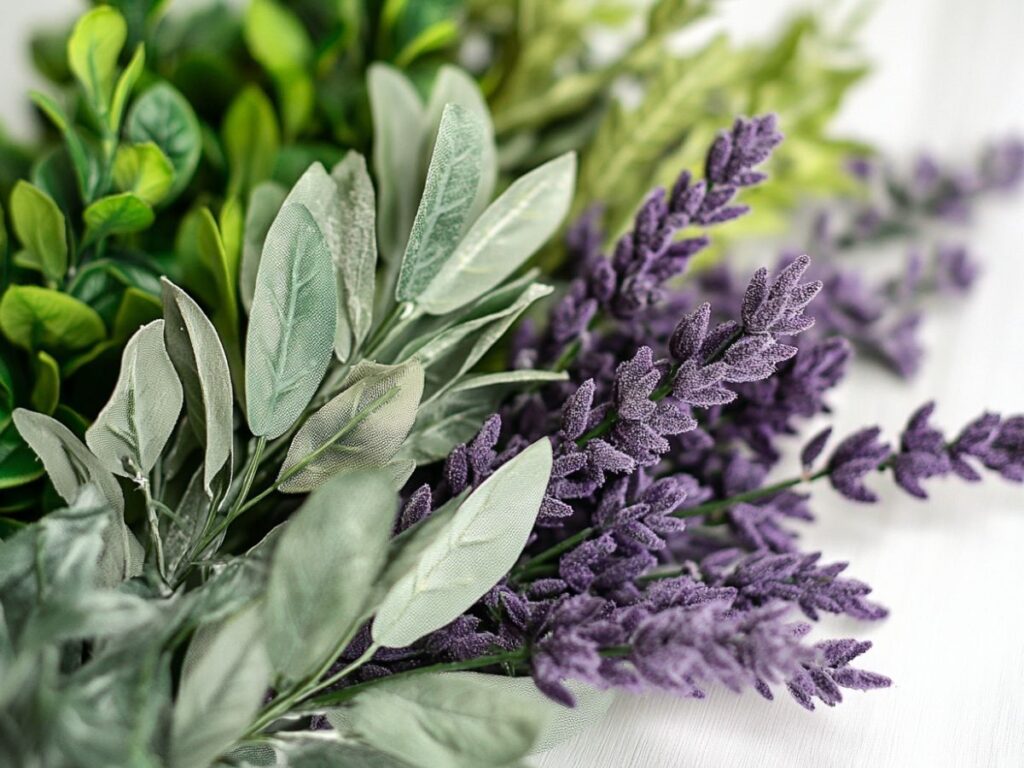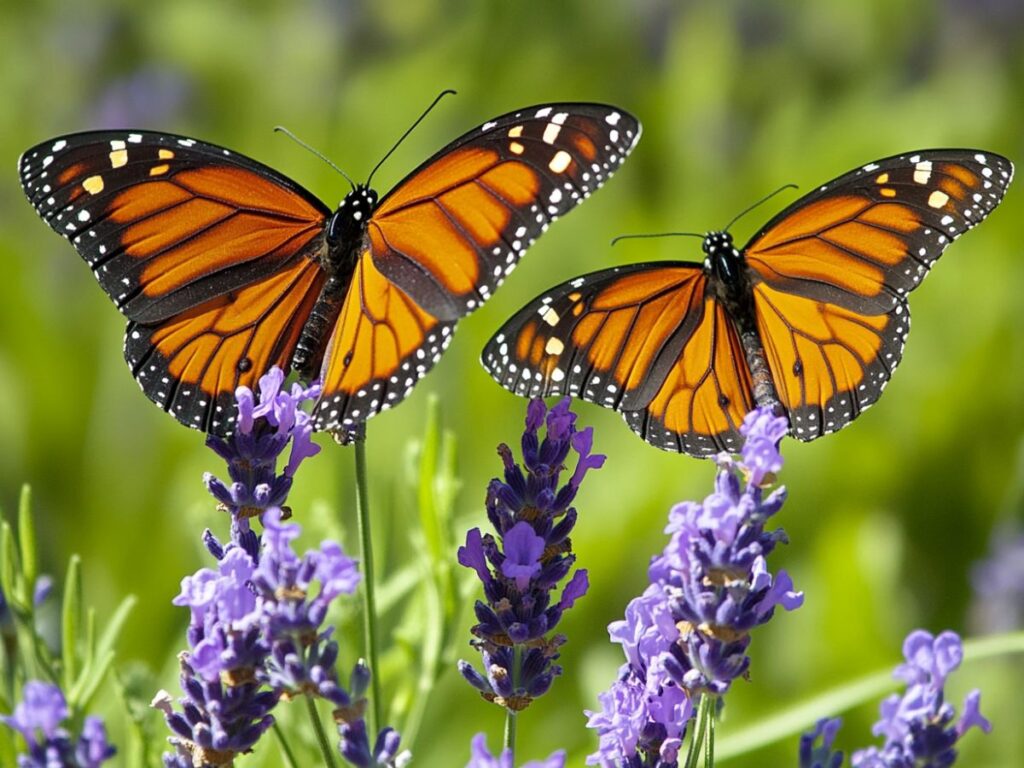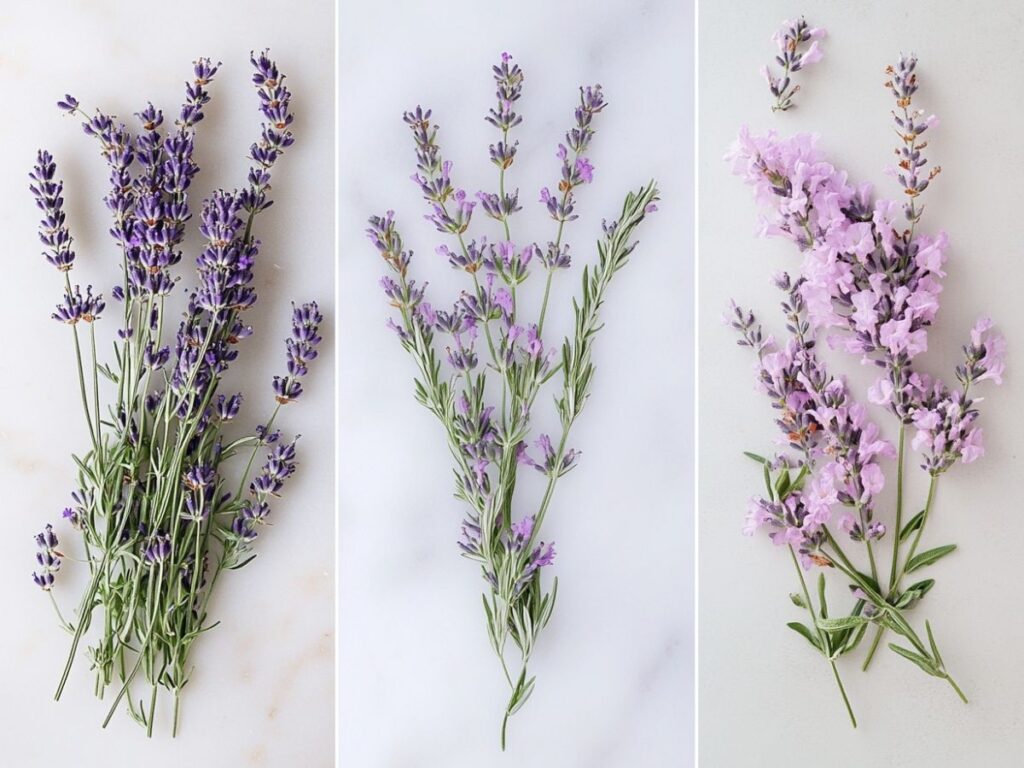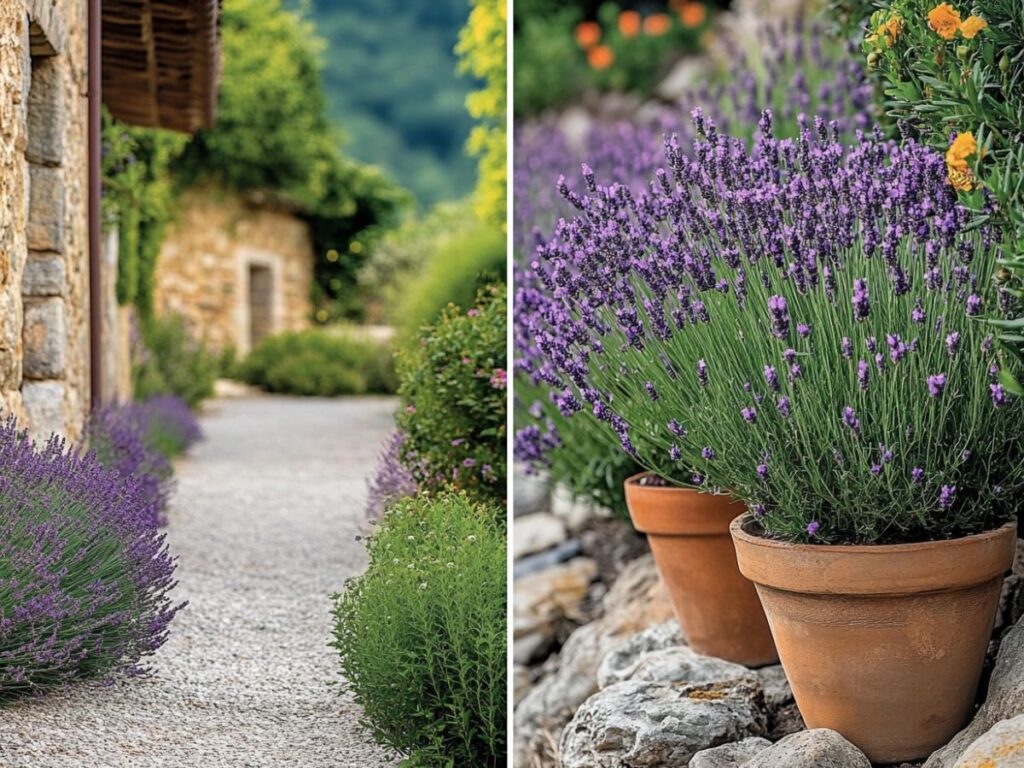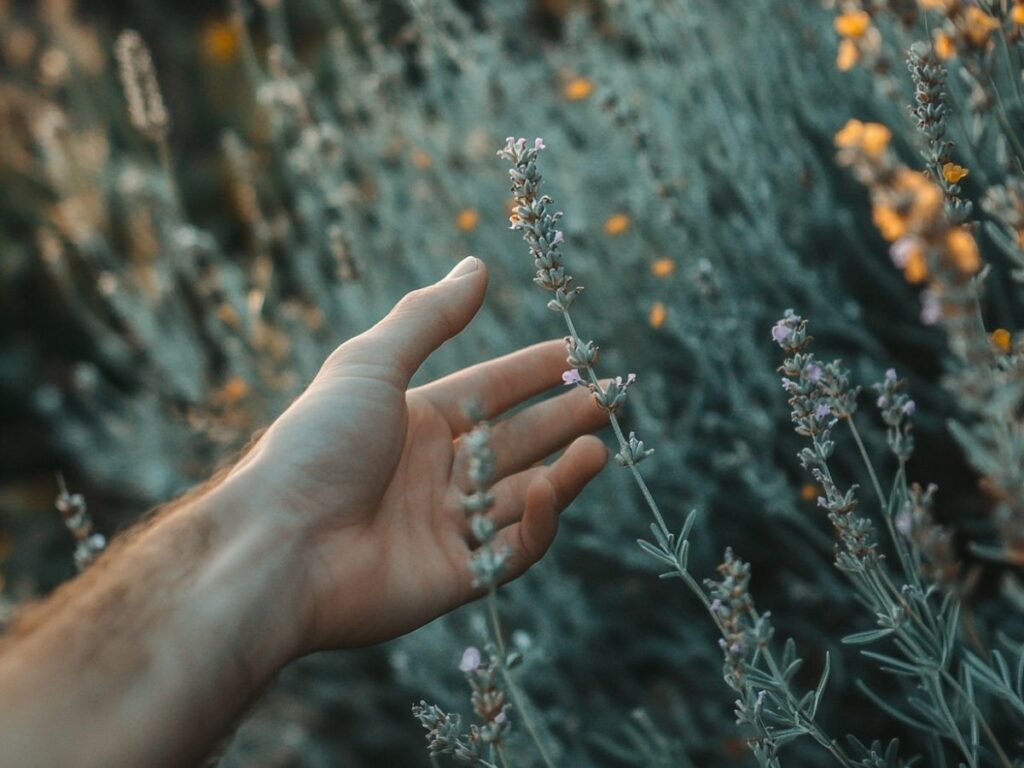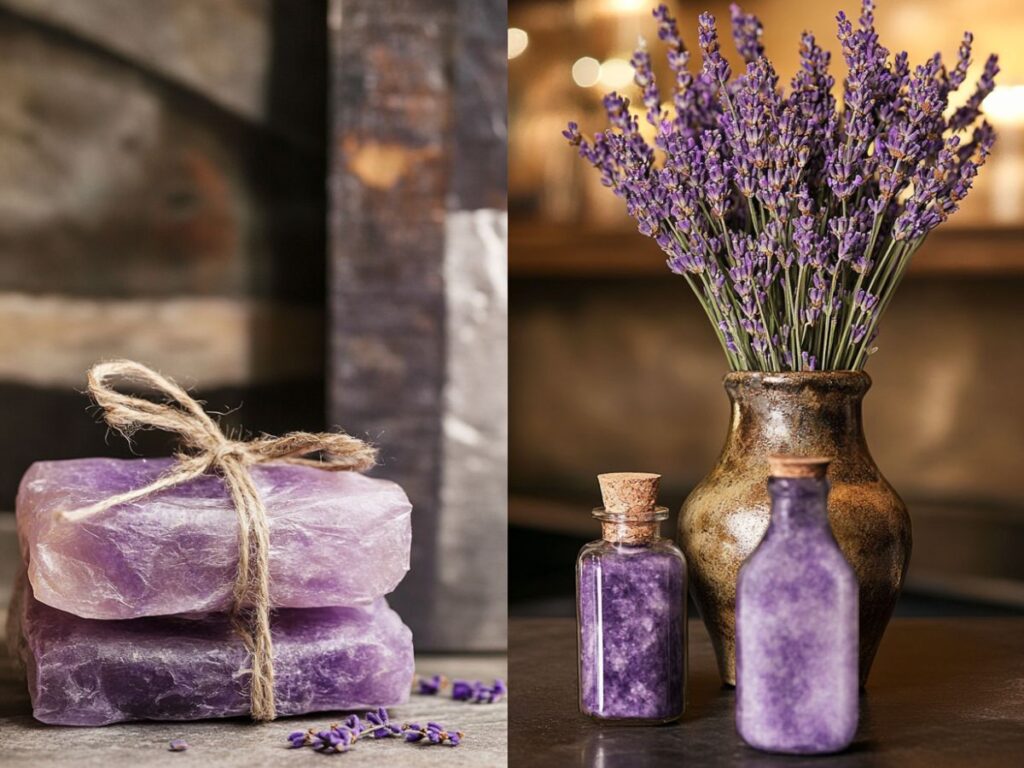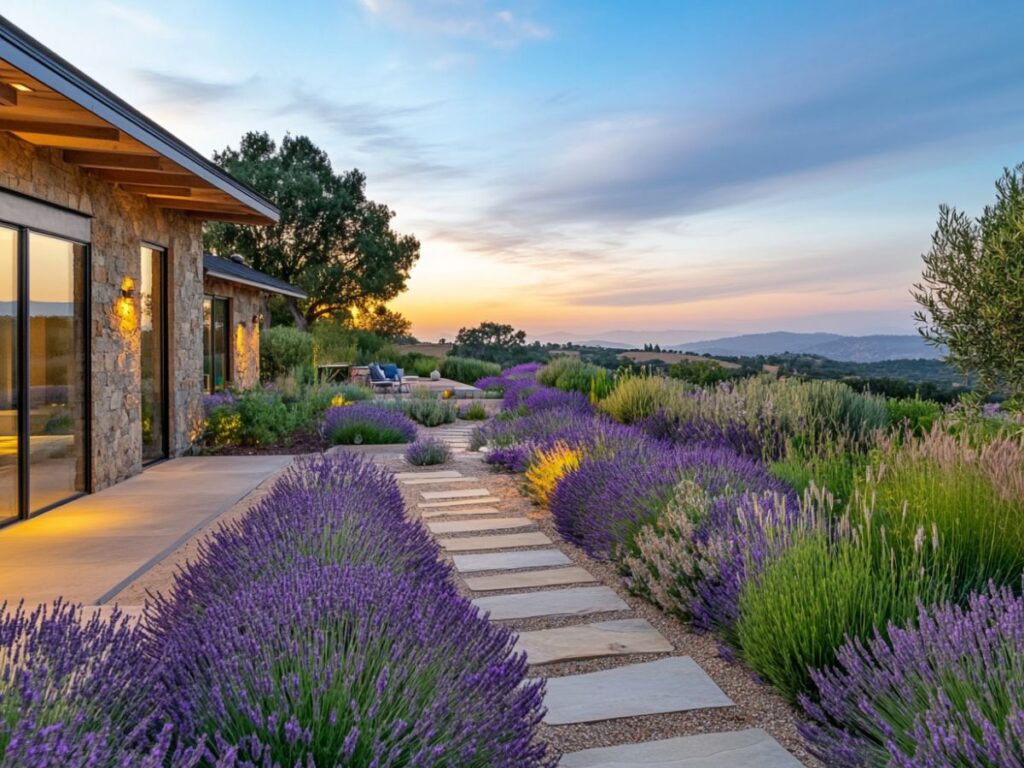Dreaming of a garden that’s lush, fragrant, and welcoming without the hours of upkeep? Lavender might be your new best friend. This hardy, aromatic plant brings color, scent, and pollinators, all while asking very little in return.
Let’s dive into how lavender can transform your garden into a stunning, low-maintenance retreat. Below, find an easy-to-follow guide to creating your own lavender paradise, perfect for visual inspiration.
1. Why Choose Lavender?
Lavender is more than just a pretty plant; it’s an all-in-one solution for anyone wanting a beautiful, fragrant garden without constant care.
Originating from the Mediterranean, lavender loves sunny, rocky environments and doesn’t require much water or nutrient-rich soil. It’s the perfect plant for busy gardeners or those in areas prone to drought.
2. The Benefits of Lavender in Your Garden
Lavender is not only beautiful but also brings a host of benefits that make it a garden favorite.
Natural Fragrance: Lavender’s calming scent creates a soothing ambiance.
Pollinator Attraction: Bees, butterflies, and hummingbirds are drawn to lavender, adding life and movement to your garden.
Pest Repellent: The plant’s oils deter common pests, creating a more enjoyable outdoor space.
Erosion Control: Its dense growth and root structure help stabilize soil, perfect for slopes.
3. Choosing the Right Lavender Variety
With over 40 species of lavender, each has unique features and strengths. Here’s a quick look at some popular varieties:
English Lavender (Lavandula angustifolia): Ideal for cooler climates, known for a strong fragrance and twice-yearly blooms.
French Lavender (Lavandula dentata): Loves warmer weather, has a subtle scent, and is notable for its frilled leaves.
Spanish Lavender (Lavandula stoechas): Distinctive butterfly-like bracts and a pine-like scent, perfect for warmer areas.
Lavandin (Lavandula x intermedia): A hardy hybrid, large flowers, and excellent drought tolerance.
4. How to Plant Lavender for Optimal Growth
Setting up lavender in your garden is straightforward. With just a few basic requirements, you’ll have it thriving in no time.
Sunlight: Choose a spot that gets at least 6-8 hours of sun daily.
Soil: Ensure well-drained soil; mix in sand or gravel if needed.
Watering: Water deeply but infrequently; lavender thrives on minimal watering.
Fertilizer: Avoid over-fertilizing; lavender does best in nutrient-poor soil.
Pruning: Trim back about one-third of the plant after it flowers to keep it compact and healthy.
5. Creative Lavender Garden Ideas
Lavender isn’t just versatile in how it grows—it’s also incredibly adaptable in garden design. Here are a few ways to make lavender a feature in your outdoor space:
Lavender Hedge: Create soft, fragrant borders along pathways or around beds. Lavender hedges define spaces without the formality of traditional hedges.
Potted Lavender for Patios: Ideal for smaller spaces, patios, or balconies. Lavender grows well in pots, making it accessible and portable.
Rock Gardens: Lavender pairs beautifully with succulents and other drought-resistant plants, ideal for low-maintenance rock gardens.
Bee Highway: Combine lavender with other pollinator-friendly plants like sage and rosemary to attract bees and butterflies.
Underplanting for Trees or Roses: Lavender’s natural pest-deterring properties make it great as an underplanting choice beneath fruit trees or roses.
6. Lavender’s Sensory Experience
Lavender is a feast for the senses, from its touchable soft leaves to the wafts of scent it releases with every breeze. Even brushing against lavender releases an instant burst of fragrance that’s hard to resist.
Incorporate lavender not just for visual appeal but as part of an immersive experience in your garden. Each visit can be a brief escape, with lavender’s scent transforming the space into a fragrant retreat.
7. Lavender Indoors: Bringing the Garden to Your Home
One of lavender’s great charms is that you can cut and bring it inside, extending its benefits.
Dried lavender adds a rustic charm to any room and keeps its scent for months. Use it in sachets for closets, as potpourri, or even in the kitchen for culinary uses.
8. Low-Maintenance Gardens Are Possible with Lavender
Lavender proves that low-maintenance doesn’t mean sacrificing beauty. Its lush appearance, fragrant blooms, and minimal care requirements make it a top choice for gardens that look stunning without daily attention.
In today’s busy world, where finding time for relaxation is harder than ever, lavender offers a way to create a retreat right in your backyard. It’s the kind of plant that reminds us that sometimes, less really is more.
Lavender is the secret to creating a stunning, lush garden that’s both easy to care for and rewarding to experience.
Whether it’s filling borders, drawing in pollinators, or providing a sensory retreat, this low-maintenance marvel proves that you don’t need to work hard to enjoy a beautiful, fragrant outdoor space.
With lavender, a lush and inviting garden is just a few simple steps away.
